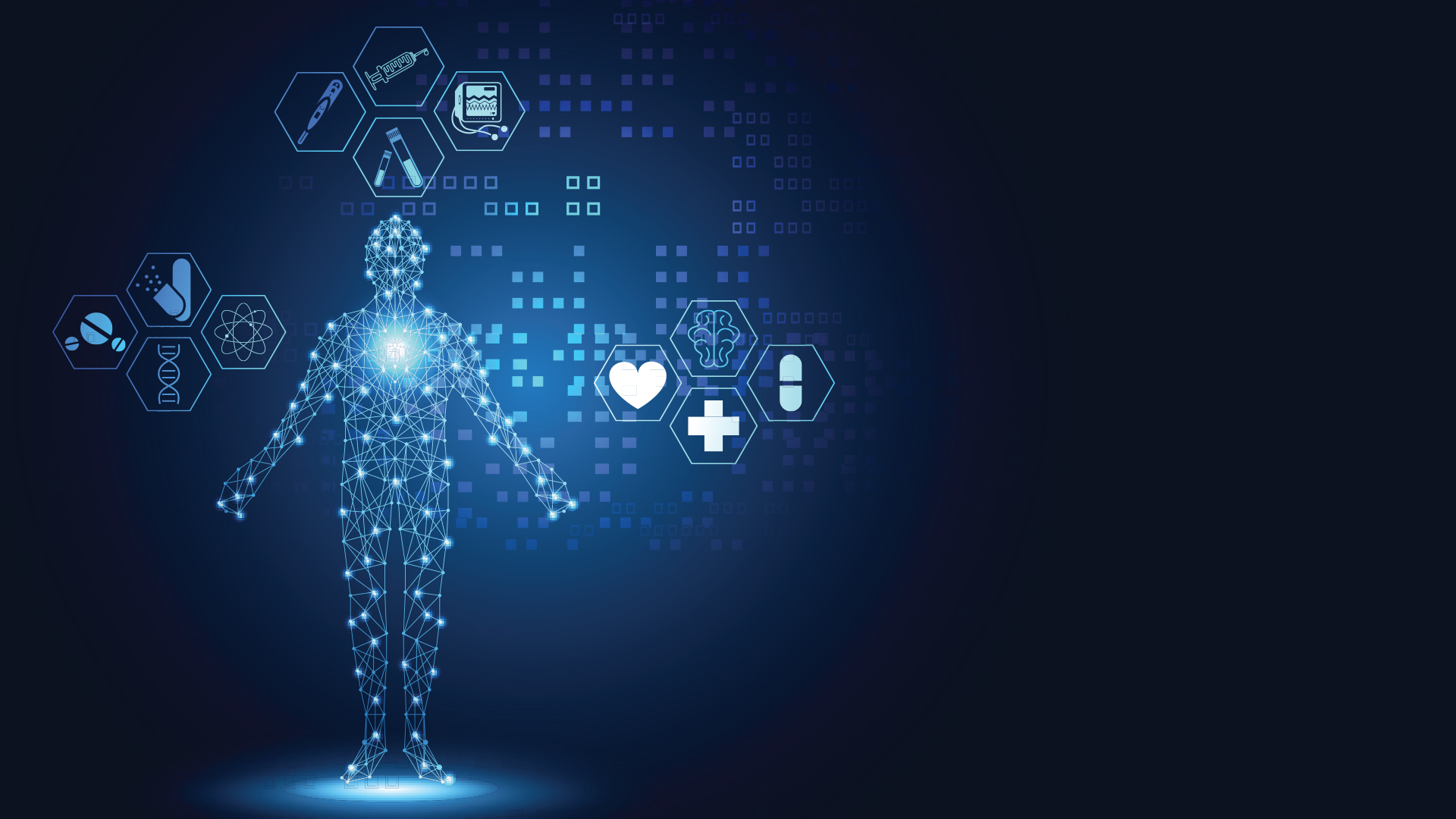The term ‘addiction’ always has a negative perception among the populace. It’s usually associated with alcohol and drugs, affecting and sabotaging families, studies, and careers. Thus, the government faces challenges in educating people about the consequences and helping affected people get sober and stay healthy.
Fortunately, global modernization has paved the way for researchers, psychologists, and physicians to know further about addiction and its potential causes, preventive measures, and treatments.
Nowadays, established rehabilitation homes and clinics cater to individuals with addictive disorders. Certified doctors, medical, and clinical staff work together to help them get back to sober lives. The program includes physical activities, socialization, exposure to nature, and continuous medical care. You may visit rehab.melbourne or other similar sites for more information.
What is Process Addiction?
Process addiction is also called behavioral addiction. It occurs when a person develops a strong urge to engage in a particular stimulus, becomes highly dependent, and leads to negative and life-changing consequences, whether mental, physical, or social.
Common process conditions include eating, exercising, gambling, internet, love, porn, shopping, and sex. Many victims form an abnormal attachment to partners or friends, detach from their families, run away from their homes, drop out of school, become unemployed, and become a financial burden. In unfortunate cases, they may inflict harm to themselves and others.
The cautionary signs of process addiction are: when someone spends an eccentric amount of time engaging in a specific activity, intentionally or unintentionally abandons responsibilities, uses the behavior as an excuse to cope with pre-existing mental or social problems, and pursues the addiction regardless of the negative consequences in his life.
Science Behind Process Addiction
One of the sciences behind process addiction relies on the brain’s production of Dopamine, a neurotransmitter responsible for neurological activities such as learning, mood, pleasure, motor function, and decision making.
Dopamine is released from the brain when you feel excited about achieving a goal, finishing a task, or winning. It activates the brain’s reward system, making you feel euphoric or ‘high’ and elevating your mood.
The earlier the diagnosis is, the sooner you can get sober, healthy, and get back on track. Treatments may also vary depending on the addiction’s severity. Here are the following:
Withdrawal Phase Program
The withdrawal phase program is the first step in a treatment regimen. You must have a pure intention of overcoming behavioral addiction and a desire to get better. The individual must adhere promptly to this program to avoid relapse and promote faster recovery.
Removing the reward-giving stimulus may lead to adverse effects such as headaches, anxiety, depression, reduced appetite, and personality change. The spouse, parents, children, and other family members must work together to help the patient throughout his withdrawal phase.
Oral medications
Behavioral addiction may result from a pre-existing mental condition or may result in the development of diseases. Oral medications are prescribed to alleviate, if not treat, co-existing conditions such as anxiety, depression, hyperlipidemia, hypertension, or sleeping disorders. These may also be prescribed to help the patient treat the adverse effects of the withdrawal phase.
Psychotherapy
Psychotherapy is one of the most crucial treatments for processing addiction. The psychotherapist conducts a one-on-one session with the patient to speculate the potential causes, the first engagement with the behavior, the triggering factors, how it transpired and continued, and the consequences and if he recognizes them.
The client may also undergo cognitive behavioral therapy (CBT), where he becomes grounded and aware of his addiction, learns to manage the triggering factors, and cease performing the behavior. Family therapy may also be incorporated to help mend relationships and regain trust.
In-patient Rehabilitation Clinic
Clients may be admitted as in-patients in a certified rehabilitation clinic. Most cases endorsed in this treatment are usually severe – when there’s uncontrollable patient resistance that may have caused self-inflicted harm or danger to others.
The rehab team comprises a primary physician, psychologist, and medical staff that are experts in addiction recovery. These healthcare professionals conduct various programs such as physical activities, art making, exposure to nature, and socialization with other patients.
The Takeaway
Process or behavioral addiction has been a problem for many people worldwide. It alters lives, destroys studies and careers, breaks relationships with family and friends, drains financial funds, and destroys one’s future. But with global modernization and advancement in research, there are now many available treatments that may help you overcome this addiction. You must seek immediate medical consultation to determine an accurate diagnosis and find the appropriate treatment for your recovery.

















